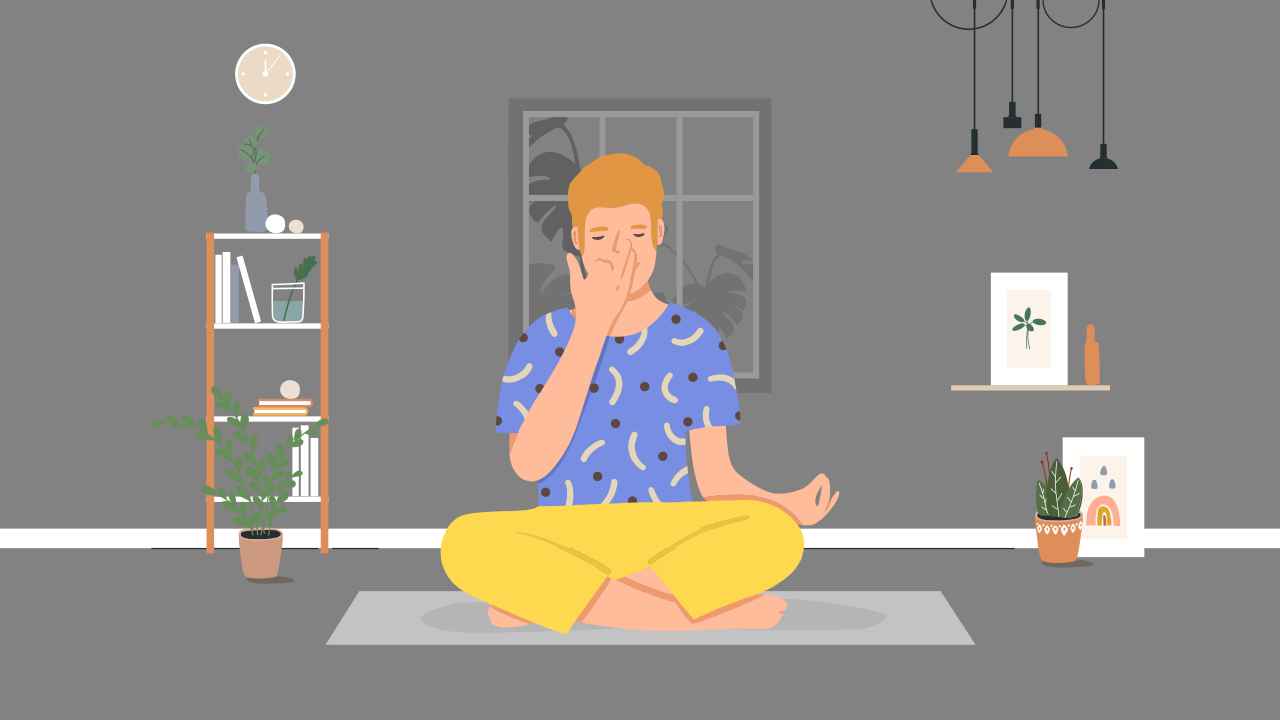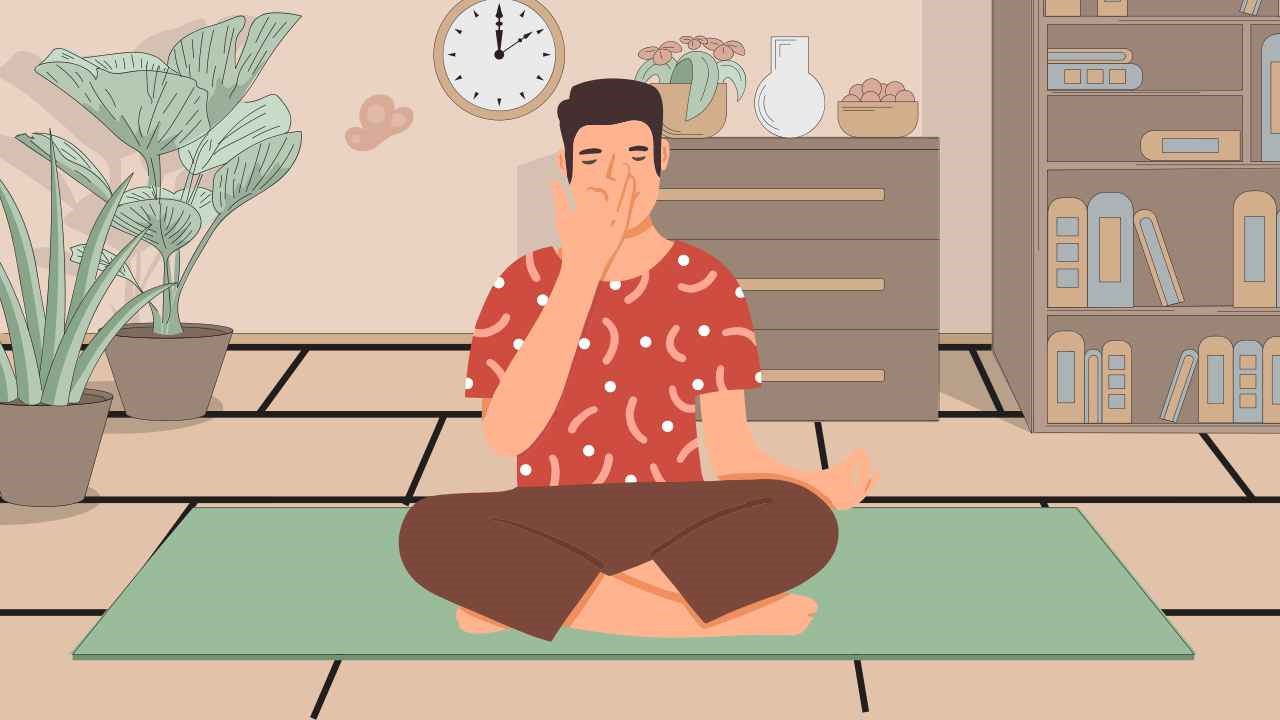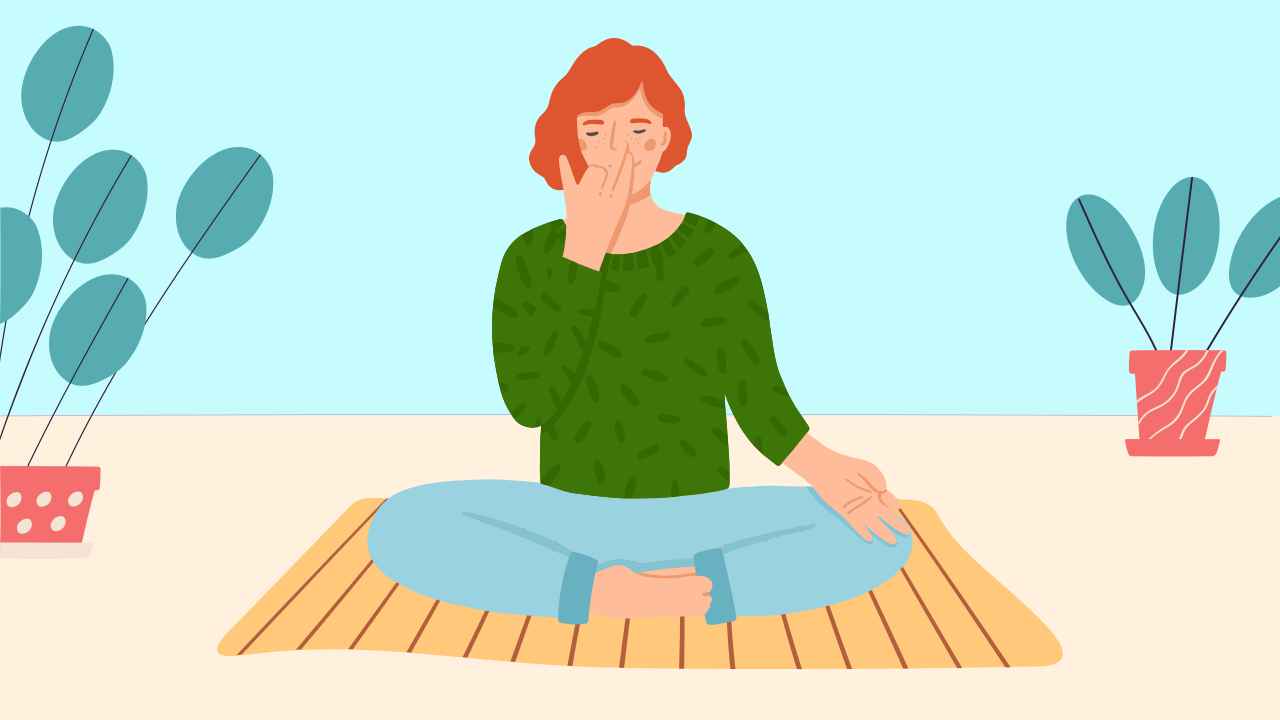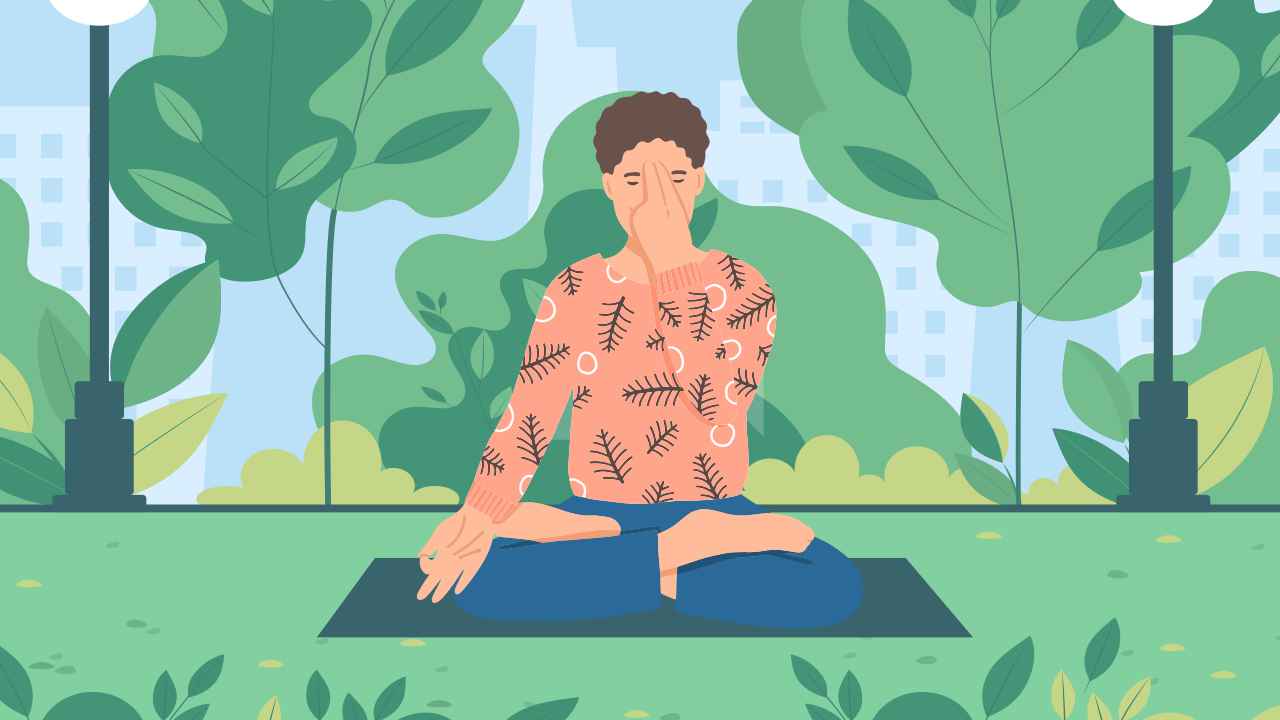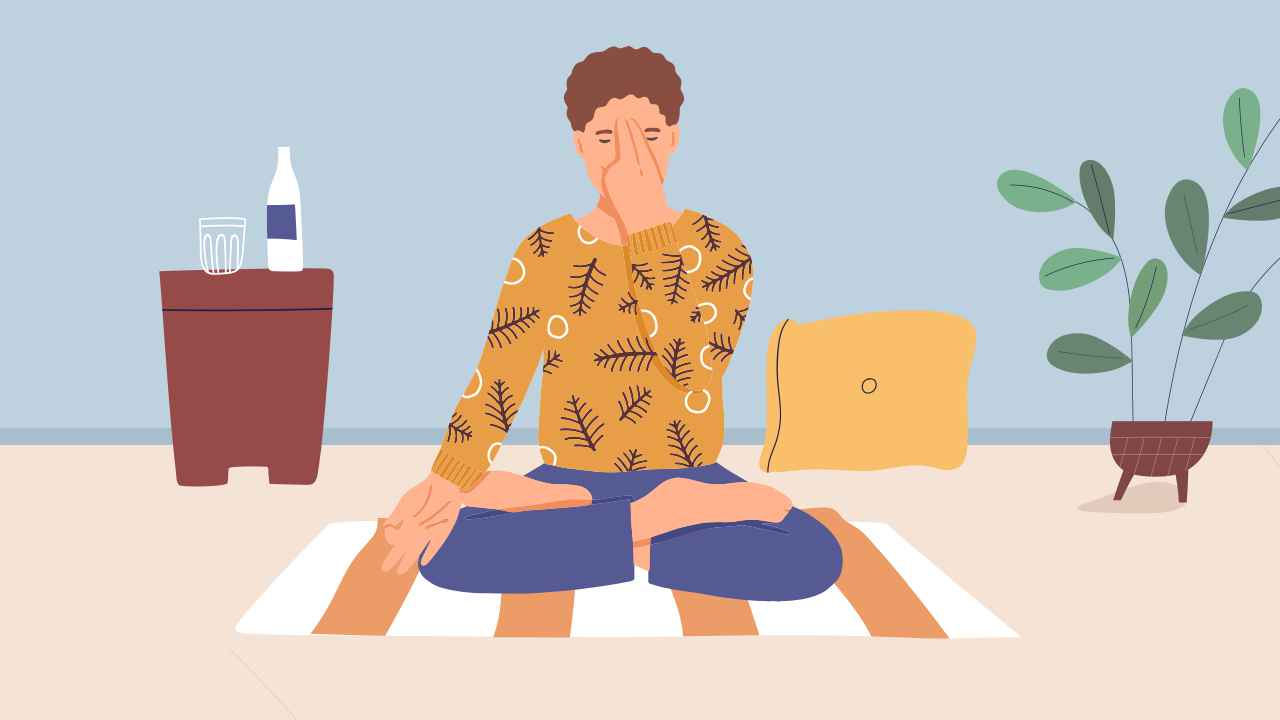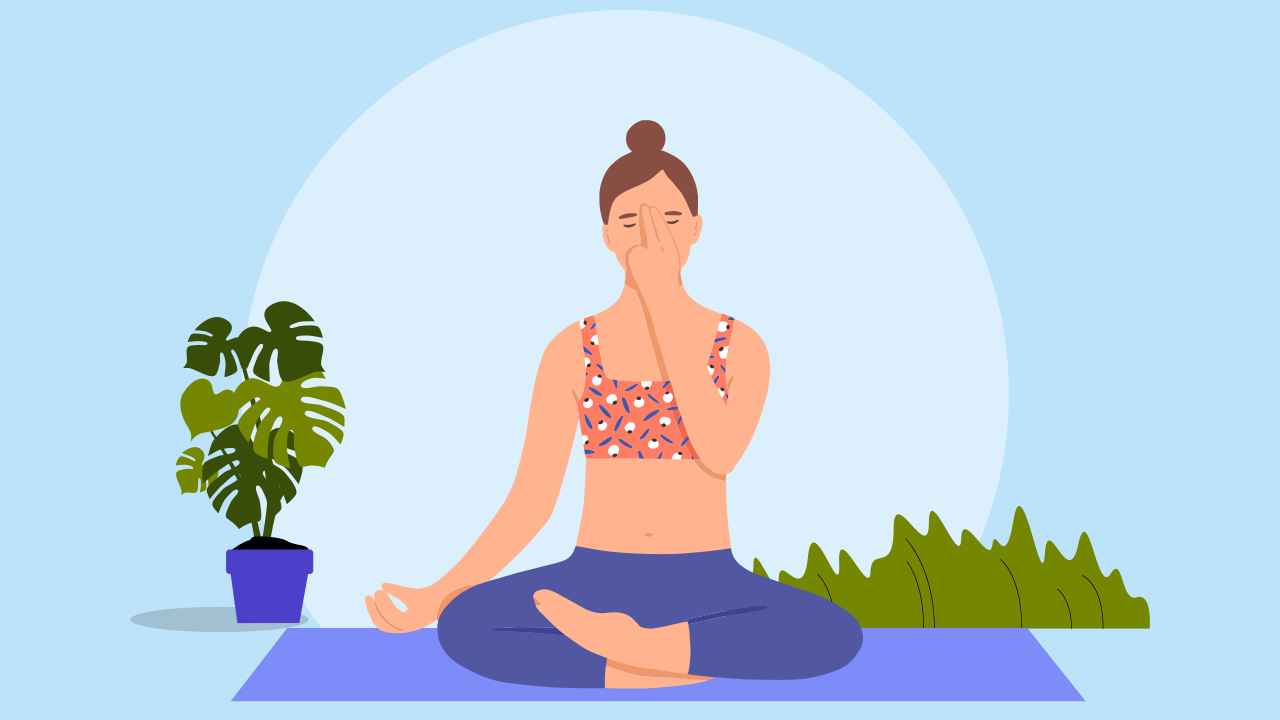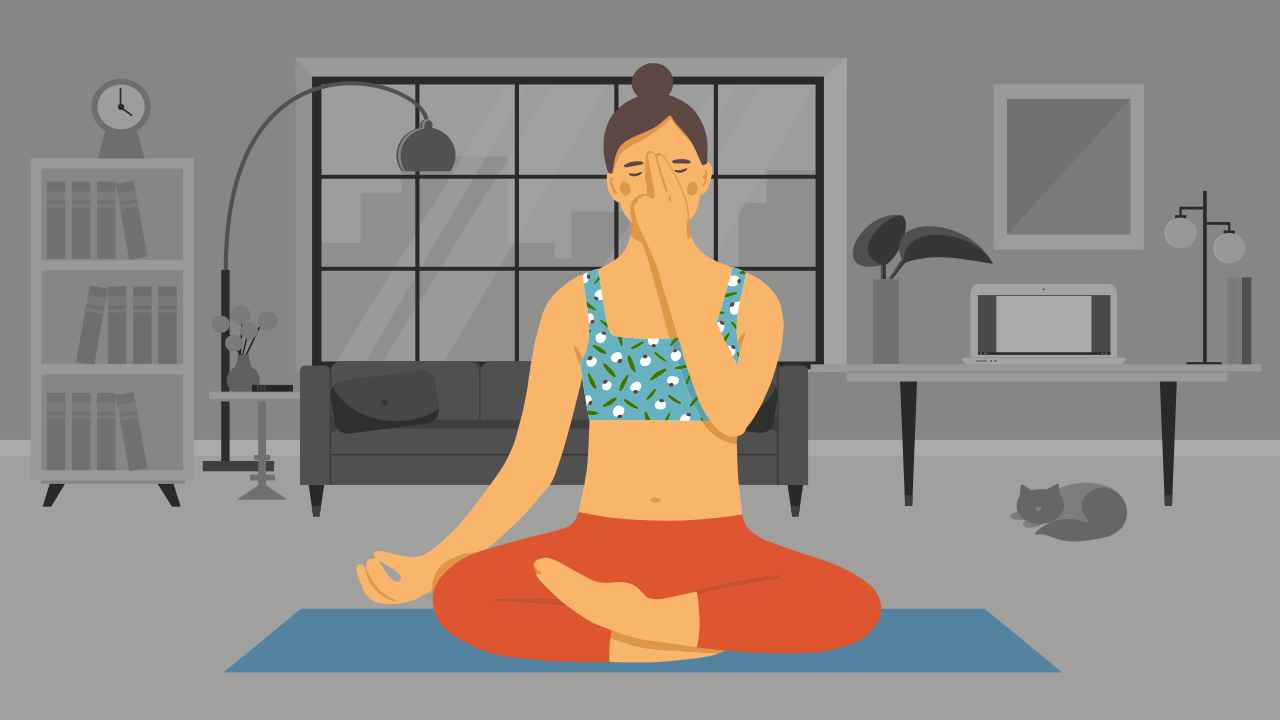
Breath Awareness in Yoga: Dos and Don’ts
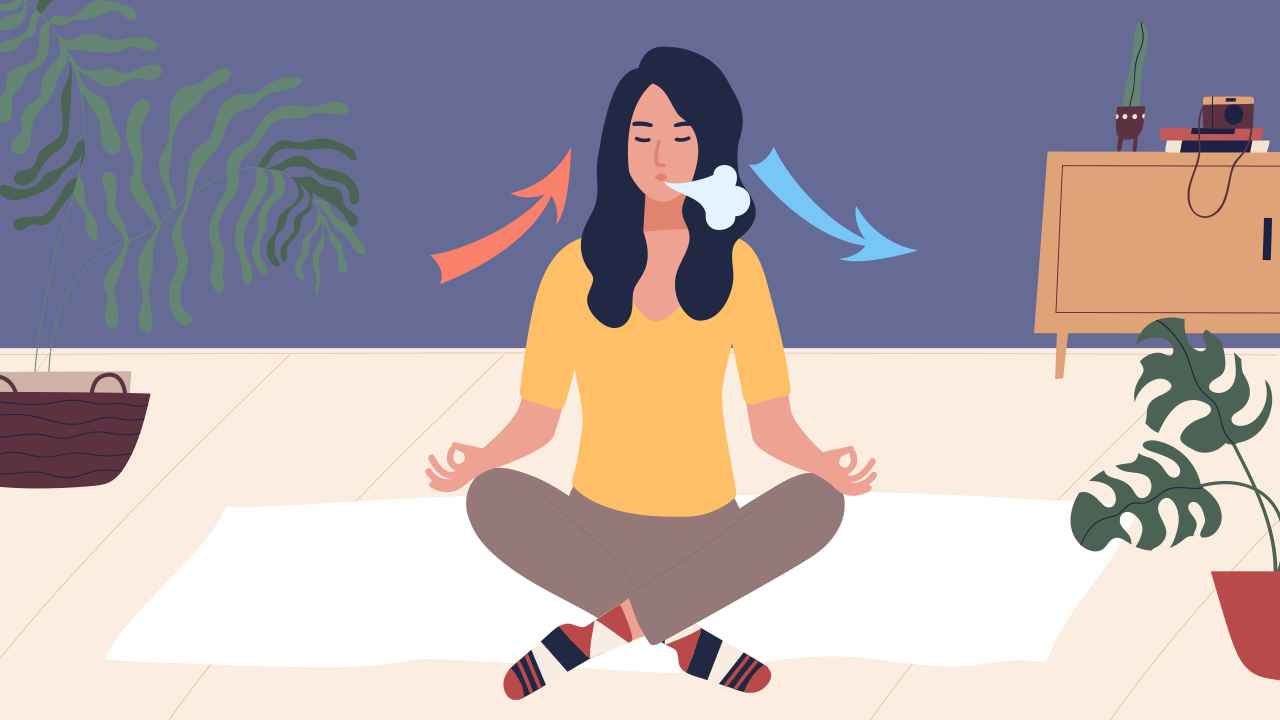
Breath is that link which connects the body and the mind. It is subtle in nature and so, requires total awareness on the part of the practitioner, to sense its presence and facilitate communication. Breath is precisely the leash, which yogis use to tame and train what is generally referred to as the “monkey mind”.
Importance of breath awareness
Control and awareness of the breath are fundamental pillars on which the discipline of yoga rests. As yogis, it is important to practice the art of conscious breathing. Conscious breathing is that which connects us to our deeper levels of consciousness. Most importantly, this kind of breathing has a profound biological impact on our emotional, mental and physical state.
Also read: Useful Tips for Yoga Beginners
According to transformational coach and yoga instructor Amarjit Singh, you can produce different states of mind by changing the breathing pattern. Slowing down the breath has an impact on your emotional state. “The cerebral cortex is activated through consciously slowing down the release of breath. Then the cerebral cortex sends inhibitory impulses to the respiratory center in the midbrain. These inhibitory impulses from the cortex overflow into the area of the hypothalamus, which is concerned with emotions, and relax this area. This is why slowing down the breath has a soothing effect on your emotional state,” Singh had said.
Connecting with our breath allows us to be more present in the moment. It is a method for diverting our attention to the “now”, letting go of the past and the future.
Our breath is a tool to activate the subtle energies in our body, which flow through nadis (pranic channels). Ida (Moon), Pingala (Sun), and Sushumna (Central) nadis are the three main nadis, which are used by yogis to awaken the Kundalini.
Our quality of breath is often an indicator of our overall health. As Swami Sivanada says, a yogi measures the span of life by the number of breaths, not by the number of years. Hence, yoga practices — be it asanas, pranayama, or meditation — all focus on improving the quality of breath and increasing the level of prana in the body
Any mental disturbance is often reflected on our breathing. Hence, slow, deep and restorative patterns of breath have a direct impact on our mental well- being.
Anatomy of breathing
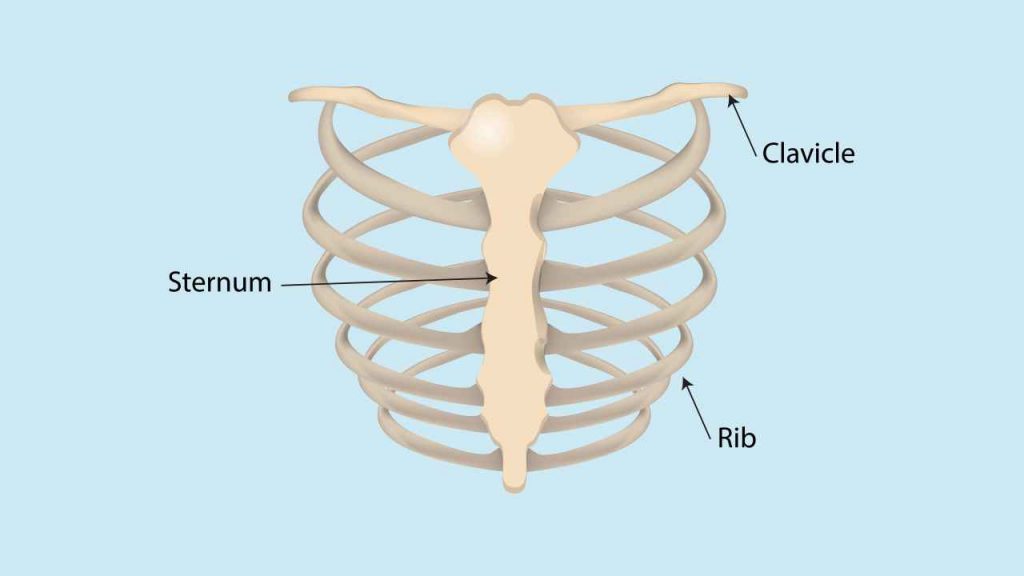
Clavicle bone is an L- shaped double curved bone, often termed as the collarbone. Here are a few details about this bone:
Location
It lies on the uppermost part of the chest, attached medially to the sternum and laterally to both scapulae.
Function
It has stability and movements, circulation, ventilation and muscle expression of the throat, shoulder, and thorax.
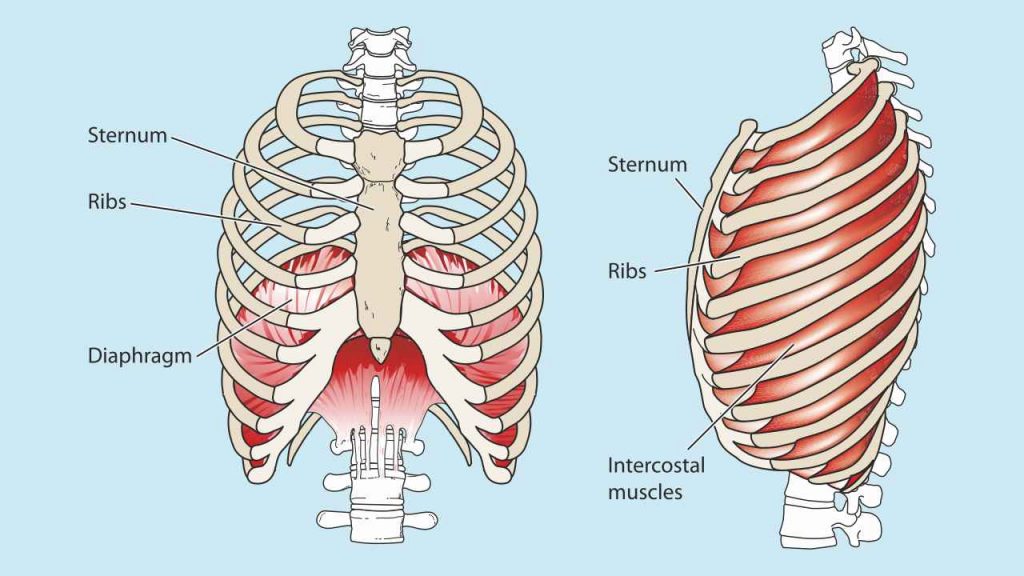
Intercostal muscles are a group of several muscles that run between the ribs. Here’s what you need to know about these muscles:
Location
They fill up the 11 intercostal spaces between the rib cage.
Function
They are responsible for providing shape and structure of the chest. These muscles are responsible for the mechanical aspect of breathing.
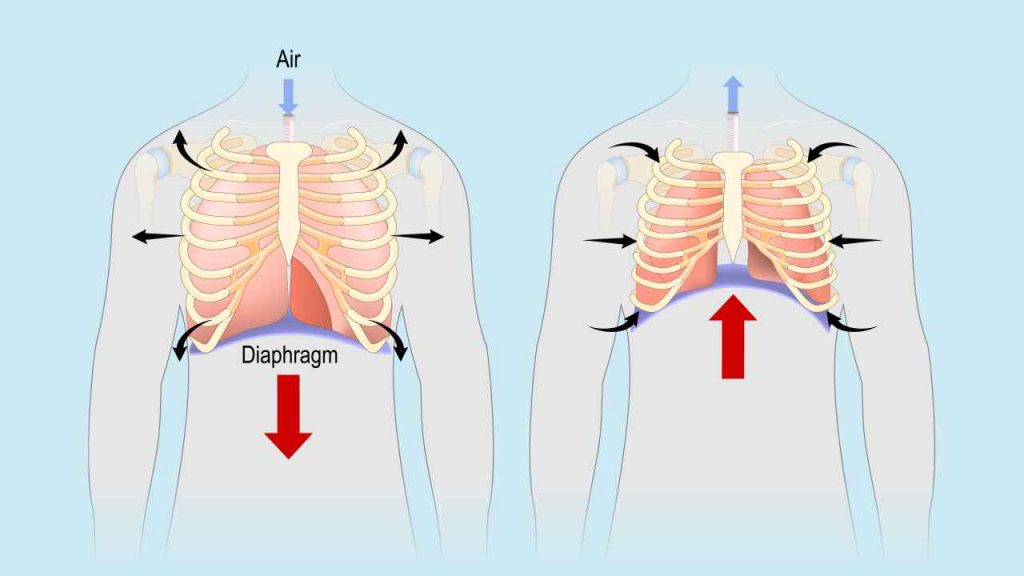
Diaphragm is a muscle, which is like a thin sheet of paper shaped like a dome. Here’s some key information about this muscle:
Location
It marks the divide between the thoracic cavity and the abdominal cavity, and separates them.
Function
It plays a major role in the process of respiration. Upon contraction the rib cage expands allowing complete inhalation. Relaxation of the diaphragm produces exhalation.
General instructions before the practice
The following practices have a two point focus approach — to change the breathing pattern to develop and improve the concentration of an individual, and to bring about greater awareness of breath. They prepare us for more advanced Pranayamas that are to be undertaken by a practitioner.
- Equal breathing improves the vital capacity of an individual, at the same time developing awareness by focusing attention on every inhalation and exhalation.
- Clavicular, intercostal, and diaphragmatic breathing exercises are devised to target the three groups of respiratory muscles in order to achieve bionic efficiency of the vast coverage of lung area.
- Equal breathing, clavicular, and intercostal are best performed standing or sitting on a chair in order to experience the asana better. You could lie down during diaphragmatic breathing.
- Before beginning the practice of any breathing exercises, it is advised to stretch your body or perform simple asanas.
- A habit of cleansing your air passages before performing kriyas such as Kapala bhati and Jal neti will enhance your overall experience.
- Do not put unnecessary strain in any part of your body, including your facial muscles. Also avoid fast, jerky movements while performing the breathing practices.
- Lastly, it is important to note that you are dealing with your prana and you should be mindful of the reverse effects that would occur if the breathing exercises are not performed with utmost care and caution. It is advised to begin slowly, settle into your practice, and then gain momentum.
Also read: How Meditation Can Help Relieve Anxiety


